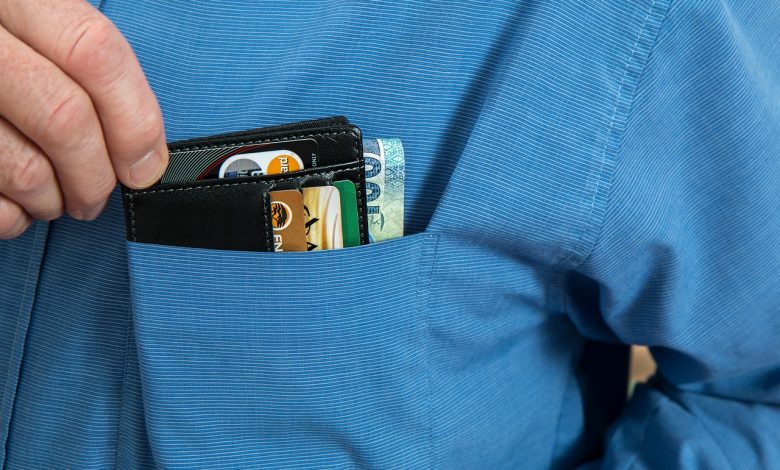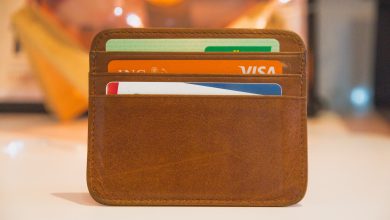From Starting to Saving: Making Credit Cards Work for You

Depending on a person’s experience, the idea of credit can mean very different things to different people. While it is important to use credit responsibly, there are numerous ways in which having, maintaining, and building credit can help you along your financial path. Whether it’s starting out with your first credit card, looking for the card that will give you the most benefits, or trying to manage debt, finding the right card is the first step to making credit cards work for you.
Starting Out or Starting Over: Building Credit
How do you get credit when you don’t have any? For those starting out – such as students, immigrants, or anyone who has simply never held a credit line before – there are a number of cards exactly geared towards you. These cards don’t expect stellar credit ratings, as they are meant to be attainable for those who are beginning to build their credit. Specifically offered to those with “limited credit” – meaning three years or less of credit history – most also come without an annual fee. Starter credit cards can help you access other tools in the future by increasing your approvability for loans of any kind, as well as other cards with additional benefits. Choosing a simple card such as this and using it properly gives you a chance to build and increase your credit score. This can also be useful for people who are rebuilding their credit, in addition to those who are just starting out with their first card.
Catching Back Up: Paying Off Principal
Worse than being unable to make a payment is having to pay interest on top of the principal already due. The burden of increasingly heavy credit card debts on many borrowers is often what turns a few missteps into an endless debt cycle. Cards that charge extremely high interest rates, for example, make paying the minimum due more difficult as it constantly churns the principal amount into an increasingly higher number. While there aren’t any tools to make the debt disappear, there are some that help lighten the load. This is where balance transfer cards come in. While they do often charge a small fee for moving the balance (usually between three and five percent of the total), they typically offer introductory periods of up to 15 months with zero percent interest. This often provides borrowers with the breathing space necessary to get back on track, and while the respite is restricted solely to the introductory period (after which rates revert to typical levels), balance transfer cards used prudently can help make principal repayment more manageable.
Maximizing Credit: Rewards & Perks
The best feature of credit cards is reaping their rewards – through points, cash back or other benefits. While these cards typically require excellent credit, they offer a wide variety of advantages. Rewards cards often complement business or travel in the form of higher rewards for their respective spending categories, plus perks such as concierge service or smartphone insurance. Pure cash back cards usually offer somewhere between one and three percent cash back on everyday purchases, and there are even company specific cards that offer unique perks to loyal members. Rewards cards can offer substantial signup bonuses as well, though they come with certain spending requirements. Great perks, however, also often come with high annual fees. Considered in terms of overall financial return, the goal of rewards cards is to make them work for you – and when used wisely, rewards cards can offer substantial savings.
All credit cards come with risks and rewards. They can be useful for tracking expenses at tax time, providing increased protection against fraud, and simply making life more convenient. Simultaneously, credit cards can be detrimental if they encourage bad spending habits or are allowed to accrue debts unchecked. Ultimately, credit cards are a tool, and when used appropriately, they can be a useful tool that works in your financial favor.



